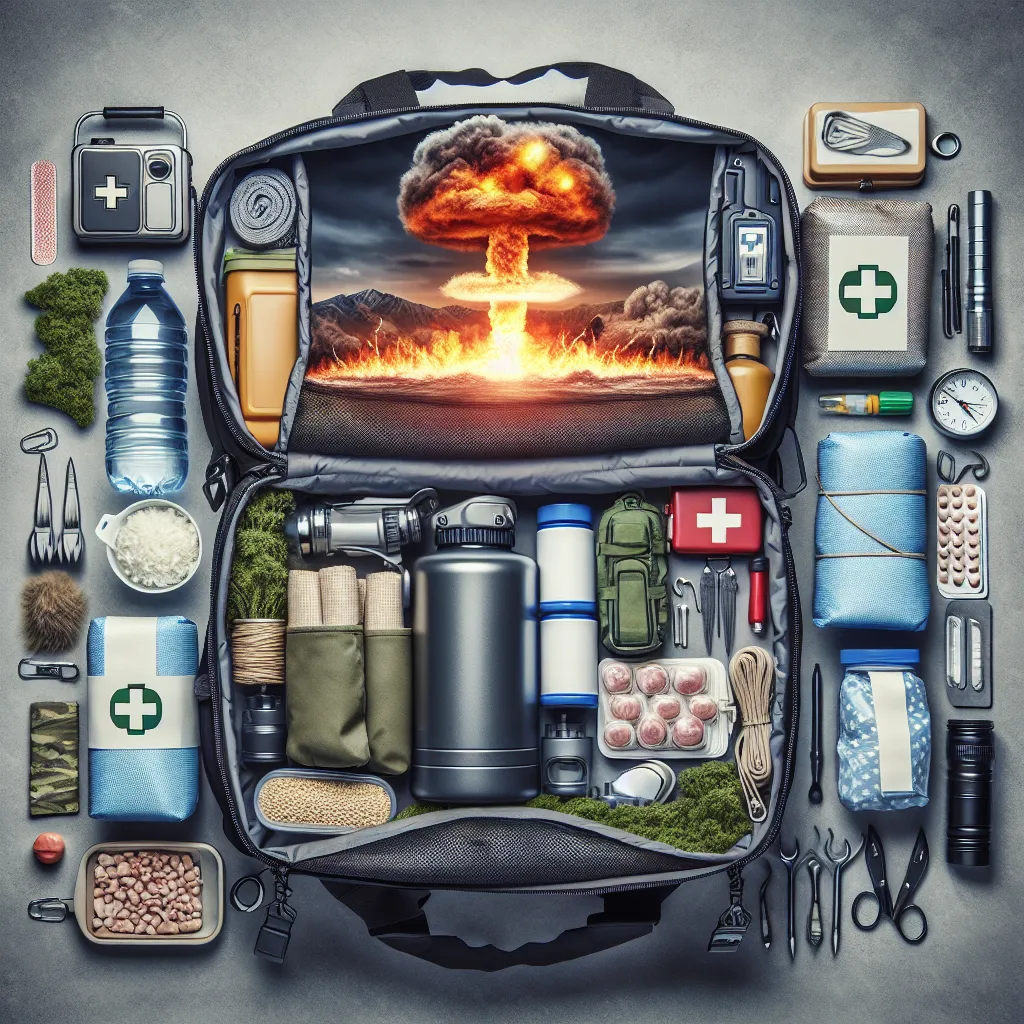Water and Water Purification
When preparing for a disaster, one of the most essential items to include in your emergency kit is water and water purification supplies. Clean drinking water is vital for survival, and it’s important to have access to safe water in the event of a crisis. When assembling your disaster preparedness kit, consider including the following items for water and water purification:
- Several gallons of water per person to last at least three days
- Water purification tablets or drops to make contaminated water safe for consumption
- A portable water filter or purifier to remove impurities and make water drinkable
- An empty, clean container for water storage or transportation
By including these items in your disaster preparedness kit, you can ensure that you and your family have access to clean drinking water during an emergency. Adequate water and water purification supplies are crucial for staying hydrated and healthy until regular water service is restored.
Non-Perishable Food Supplies
When assembling your disaster preparedness kit, one of the most crucial components to consider is non-perishable food supplies. In the event of a natural disaster or emergency situation, access to fresh food may be limited, making non-perishable food items essential for your survival. Non-perishable food items are those that have a long shelf life and do not require refrigeration, making them ideal for storage in emergency situations.
Key items to include in your non-perishable food supplies are canned goods such as vegetables, fruits, meats, and soups. These items can provide essential nutrients and sustenance when fresh food is not available. Additionally, consider including dried foods such as rice, pasta, and beans, which are nutritious and have a long shelf life when stored properly.
It’s important to regularly check the expiration dates on your non-perishable food items and rotate them out as needed to ensure their freshness and effectiveness in an emergency. Furthermore, don’t forget to include a manual can opener in your disaster preparedness kit to ensure access to the canned goods.
Remember to take into account any dietary restrictions or special needs of your family members when selecting non-perishable food items for your disaster preparedness kit. By having a well-stocked supply of non-perishable food items, you can better prepare yourself and your loved ones for unforeseen emergencies.
Emergency Shelter and Warmth
When putting together a disaster preparedness kit, it’s crucial to include items that will provide emergency shelter and warmth. These essential items will ensure you are equipped to face various emergency situations, from natural disasters to unexpected outdoor challenges.
The first item to consider is a sturdy and waterproof tent or tarp that can offer protection from the elements. A compact and lightweight option is ideal for easy transportation in case of evacuation. Additionally, including a thermal emergency blanket is essential to retain body heat and prevent hypothermia.
Another crucial component of your kit should be a reliable and portable heat source, such as a compact camping stove or an ample supply of waterproof matches. These items will enable you to prepare hot meals and beverages, providing comfort and warmth during challenging times.
Furthermore, packing extra clothing, including thermal layers, waterproof jackets, and sturdy boots, is vital for maintaining body temperature and staying dry in cold or wet conditions. It’s also advisable to include hand warmers and waterproof gloves to prevent frostbite and keep extremities warm.
By prioritizing emergency shelter and warmth in your disaster preparedness kit, you can ensure that you are better equipped to handle unforeseen circumstances and safeguard your well-being in challenging situations.
Communication and Lighting Equipment
When assembling a disaster preparedness kit, it is crucial to include communication and lighting equipment to ensure your safety and well-being during an emergency. These essential items will help you stay connected and navigate through any challenging situation.
First and foremost, a battery-powered or hand-crank emergency radio is essential for receiving important updates and information, especially when other communication channels are down. Look for a radio that covers the NOAA weather band and has additional features like a built-in flashlight and USB charger.
Additionally, including a set of extra batteries for your devices and emergency radio is vital to ensure that you have a power source for communication and lighting. Opt for long-lasting, lithium batteries that have a prolonged shelf life.
Mobile phones are valuable tools for communication during a disaster, so it’s crucial to have a portable power bank or solar charger to keep your devices charged when the power grid is down. Look for a high-capacity power bank that is capable of multiple charges and is compatible with your devices.
When it comes to lighting, a reliable flashlight or headlamp is indispensable for navigating in the dark. Select LED lights for their energy efficiency and long battery life. Consider including waterproof and shockproof options for durability.
Another valuable addition to your kit is chemical light sticks, which provide a safe and long-lasting light source without the need for batteries or electricity. These glow sticks are lightweight, compact, and can be easily carried or hung for hands-free lighting.
By including these communication and lighting essentials in your disaster preparedness kit, you can be better equipped to handle unexpected situations and stay connected during challenging times.
